
views
Understanding a Horse’s Nutritional Needs
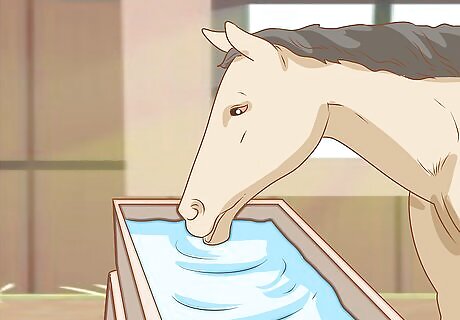
Provide your horse with plenty of fresh, clean water. Horses require between 5–15 gallons (18.9–56.8 L) of water per day. If possible, make sure that your horse has access to water at all times. Otherwise, make sure that you water your horse at least twice per day and allow several minutes for your horse to drink. Make sure that the water in your horse’s trough is clean and not frozen. Keep the trough clean as well by hosing it out every day.
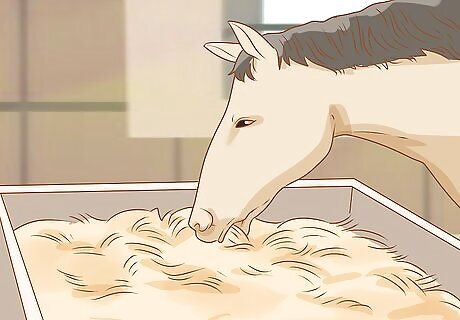
Provide your horse with plenty of structural carbohydrates. Structural carbohydrates, like hay and grass, are essential to a horse’s diet. Horses eat large quantities of hay and grass as their main source of food. In fact, horses should eat about 15-20 pounds or 1-2% of their body weight in hay every day, so make sure that your horse always has plenty of hay to chew on. Make sure that the hay you feed your horse is free of mold and dust.

Provide your horse with nonstructural carbohydrates in moderation. Nonstructural carbohydrates, like oats, corn, and barley, are also essential to a horse’s nutrition. Provide small amounts of grain to your horse throughout the day. Every day, horses can also have ½ pound of grain per 100 pounds of body weight. Feed grain to your horse in two or three evenly spaced feedings during the day. Make sure to measure the portions that you feed your horse to make sure that you are giving her the correct amount. If the weather is hot, feed grain to your horse during the cooler hours of the day, such as early in the morning and later in the evening.
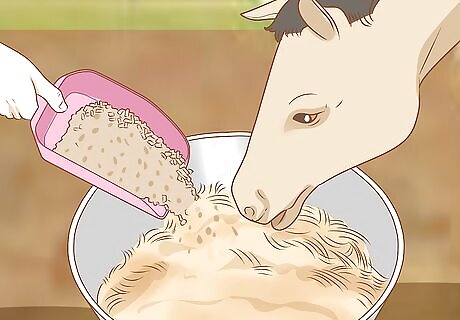
Supplement your horse’s diet with feed to provide protein, fat, vitamins, and minerals. Although your horse will get most of its calories from hay and grass, you should feed your horse some fortified feed each day to help meet any nutritional gaps. Protein, fat, vitamins, and minerals are important parts of your horse’s nutrition, but they are not required in large amounts.
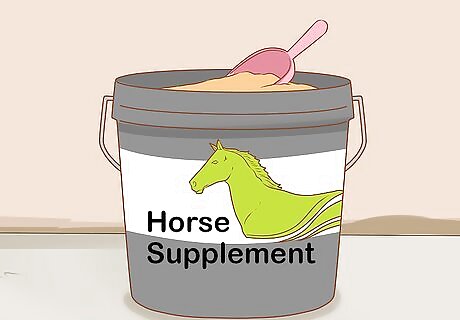
Supplement as needed. If you think your horse is not getting all of the necessary vitamins and minerals from feed, then you can supplement with special vitamins for horses. Just be careful not to overload your horse with too many vitamins. An excess of vitamins can cause problems just like a deficiency of vitamins can.
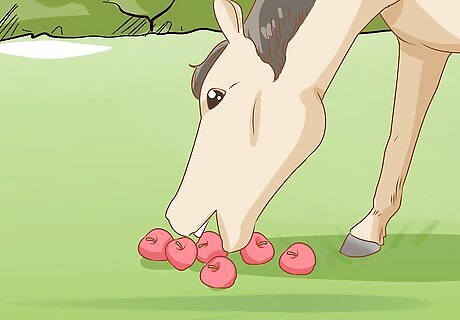
Give treats in moderation. Giving treats to your horse when you want to reward her is a great way to bond with your horse as well. Just make sure that you do not overdo it with treats or your horse may learn to expect them or may even try to root around in your clothes for treats. Fresh apples, carrots, green beans, watermelon rinds, and celery make great treats for your horse.
Determining Your Horse’s Feeding Needs
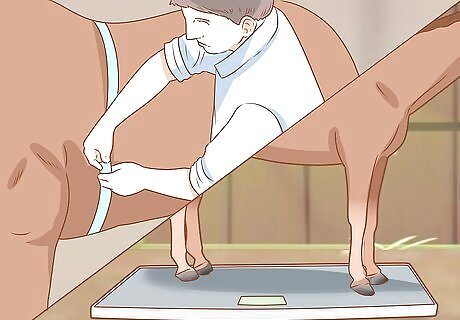
Weigh your horse by using a weight tape or weight bridge (equine scales). A weight bridge is far more accurate and should be used instead of a tape if available. Condition scoring is the best form of recording weight changes. Weigh your horse every 2 weeks and plot the changes on a graph.
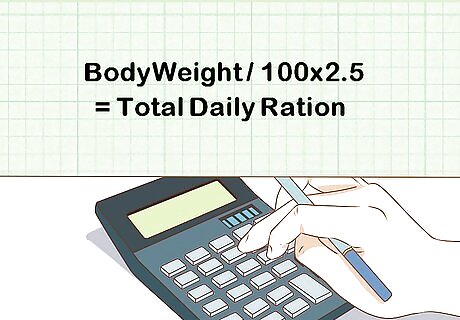
Calculate the total daily requirements (forage and concentrate). The requirement is between 1.5 to 3% of its body weight, averaging at 2.5%. Use the following equation to determine how much you should feed your horse each day: BodyWeight/100x2.5=Total Daily Ration
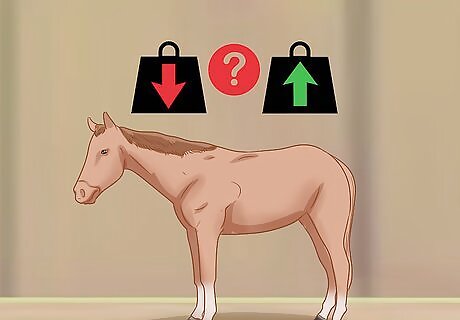
Determine what type of weight gain you want for your horse. Do you want to keep your horse at the level it is already at (maintenance diet)? Do you want to reduce the horse’s weight because of health issues (reduction diet)? Or, do you want to increase your horse’s body weight due to a past illness or because your horse is underweight? The best strategy to use when developing a feeding plan for your horse is to feed based on the desired weight, rather than the current weight. e.g. A horse is underweight and weighs 300kg. If the horse’s ideal weight is 400kg, don't feed 2.5% of 300kg. Feed 2.5% of 400kg. Use the same strategy for an overweight horse. Feed based on the desired weight, and not current, meaning you will actually be feeding less that the overweight amount, meaning, a reduction of waistline for your horse.

Control the energy level in forage by feeding different types or a mix of types. Different forage have different amounts of DE (digestible energy) this depends on the type of forage (grass, haylage, hay, oat straw) and the type of grass (rye, timothy, cocksfoot or orchard grass). For grazing the time of year also affect the DE. Spring grass has a high level while winter grazing is very poor. For preserved grass the “cut” affects the DE. Early cut grass is higher in DE than late cut grass. Oat Straw is very low in DE. The best way to find out the nutritious in your forage is to have it analyzed.
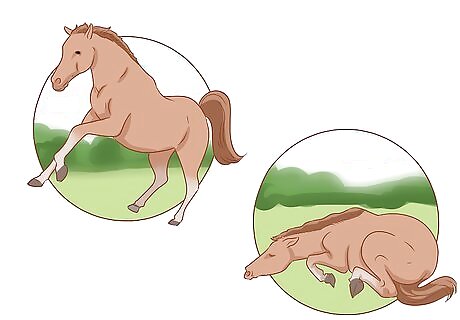
Choose a type of energy to suit your horse. Some horses are prone to heating up (becoming over excited and spooky). Feeding these horses slow-release energy (fiber and oil) will help, this is the safest form of energy and causes the least amount of health problems. Other horses are lazy and lack “sparkle”. Feeding fast-release energy (starch found in cereals/grains like oats and barley) can help. Starch has been connected with a number of health problems and must be restricted for some horses.

Check it with a professional if you are unsure about how much to feed your horse. If you are not sure how much you should be feeding your horse, talk to your horse’s veterinarian. Some feed manufacturers also have help lines that you can use to get feeding advice for your horse.
Adjusting Your Horse's Feeding Routine
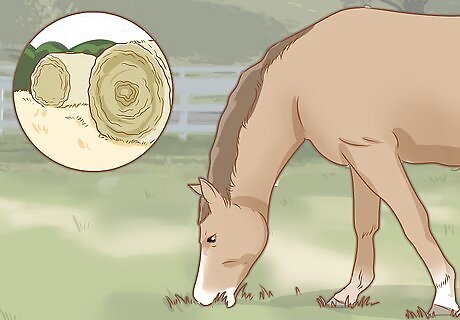
Adjust your horse’s food intake as needed. Your horse’s nutritional needs will vary according to the amount of fresh grass she has consumed while out to pasture and the level of activity she has had. Evaluate your horse’s needs every day to determine whether to subtract or add from her regular feeding amounts. If your horse has been out to pasture all day and has been eating lots of grass, she will not require as much hay. If your horse has had a hard workday with lots of riding, then you will need to provide more food to help replenish the extra calories she burned.
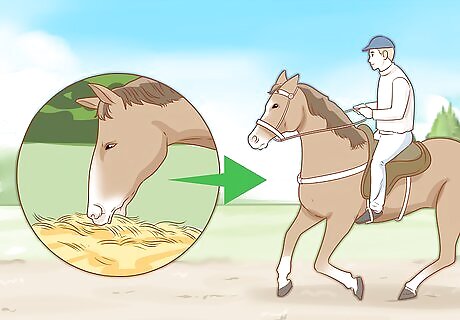
Schedule feedings for an hour before or after you have ridden your horse. Don’t feed your horse right before or right after she has finished doing something strenuous because blood flow will be diverted away from her organs and that can interfere with digestion. Plan feedings around your horse’s scheduled activity. If your horse will be doing something extra strenuous, schedule her feeding for three hours before the activity.

Make gradual changes to your horse’s diet. If you need to change your horse’s feed, do not just switch to the new feed. Start by replacing 25% of the old feed with the new feed. In two days, replace 50% of the old feed with the new feed. Two days after that, replace 75% of the old feed with the new feed. Then two days after that you will be able to give your horse 100% new feed. In addition to making food changes gradually, you should also feed your horse at about the same time every day. Horses perform better when they have a regular feeding schedule. Making drastic changes to your horse’s feed or feeding schedule can lead to equine colic and founder. Equine colic is a condition that causes severe abdominal pain and may even require surgery. Founder is a condition that causes poor circulation and can even lead to the separation of the hoof from the foot. Founder is often fatal.











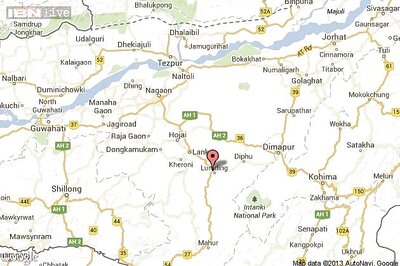


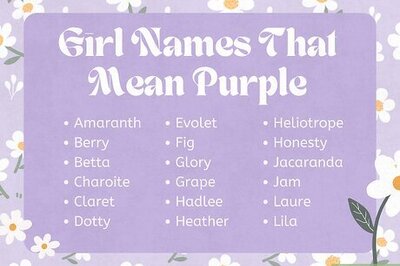
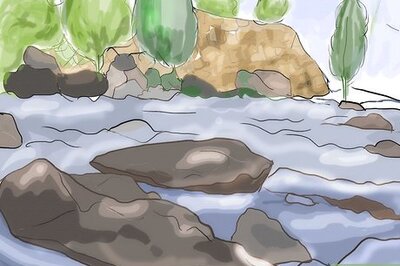
Comments
0 comment